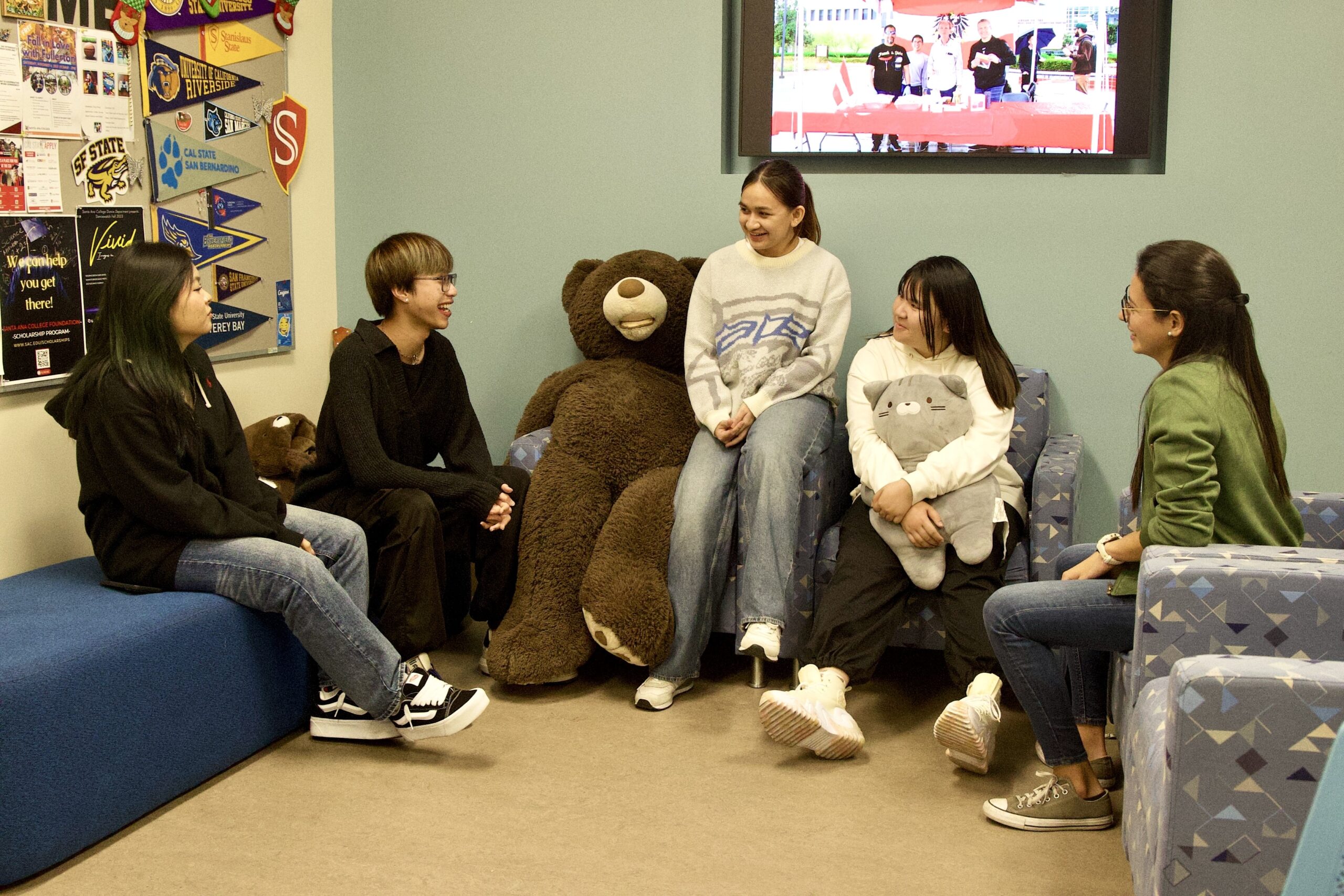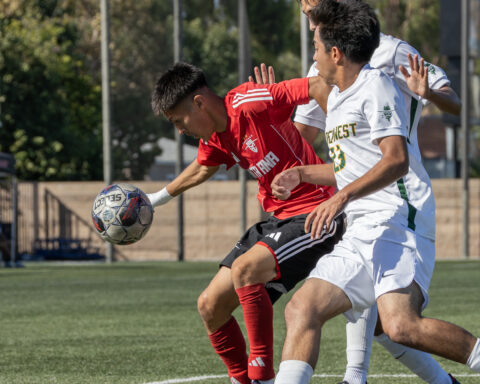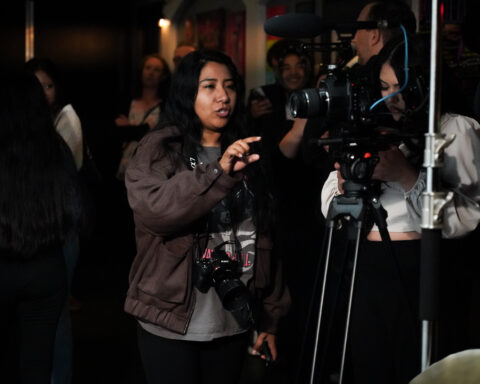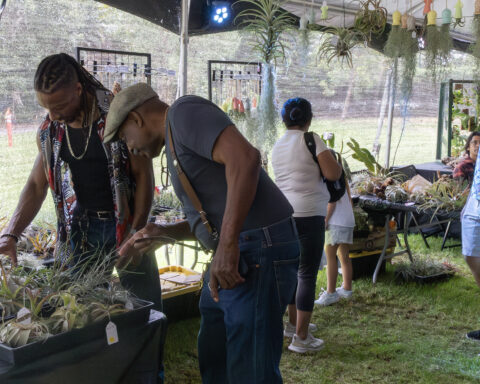First-year student Sakolpanhapich Than came from Cambodia to attend Santa Ana College to major in biotechnology, having to leave her family behind in the motherland in the hopes of pursuing a higher education degree.
“It’s a feeling of being scared of trying new things like using a new language that is not my first language,” says Than, one of the 130 students in the international program.
The student international program has dropped in numbers due to COVID-19 compared to before when SAC would gather about 800 international students. Transitioning out of the pandemic, the new director of the international student program, Tina Newton, shared that her goal is to increase the number of students to bring more diversity to the campus.
This program recruits students by traveling internationally to conduct presentations about SAC at recruitment fairs and by working in partnerships with schools outside the country alongside agents and counselors.
“Think about the bravery that it takes to go and study in another country. Our international students are very special people, and I think they bring a lot to our campus,” says Newton.
The majority of the international student population is from Vietnam. However, there are a couple of students from Europe, South America, Central America, and other parts of Asia.
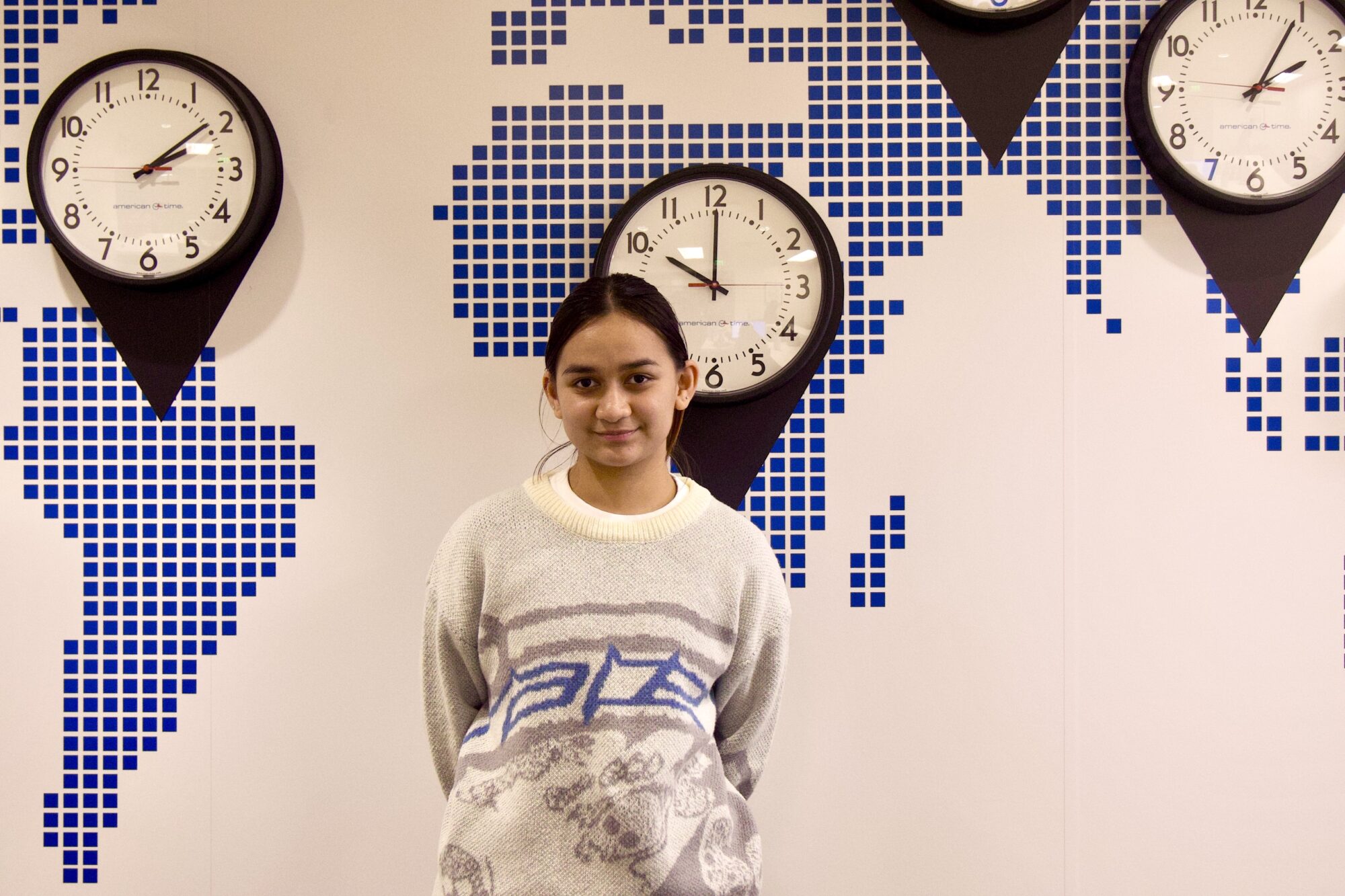
“I like this program very much, and I have been making many friends. In other colleges, the communication about international students was too complicated, and here in Santa Ana College, everything is better. They are super attentive to my needs,” says Erick Schnieder, a Colombian first-year student. “My family has businesses therefore, I selected international business as my major so that in the future, I can run our businesses.”
The international student program recruits students from all around the world. The programs assist students in the immigration process, advising students on getting their F1 visa and supporting students in the transition of coming to the United States.
However, it is challenging for these students who come to a new country alone. Students are overcoming homesickness and financial barriers and having to adapt to new environments.
“This is my second year, and it’s really hard. I call my parents all the time, maybe like two (or) three times a day. Yeah, so I’m really homesick,” says Richa Joseph, an Indian student and nursing major. “But I live with my aunt, and I have cousins here too. So they’re very supportive.”
International students also find family on campus by creating friendship bonds with one another. Sharing food has become a love language for these students. Every day around noon, international students gather in the international office to eat lunch together. Students share and try different foods from each other’s cultures, building a congenial community.
“We have social events like picnics to get to know each other and to feel less lonely because you make some friends,” says Chanvorleak Tim, a Cambodian civil engineering major.
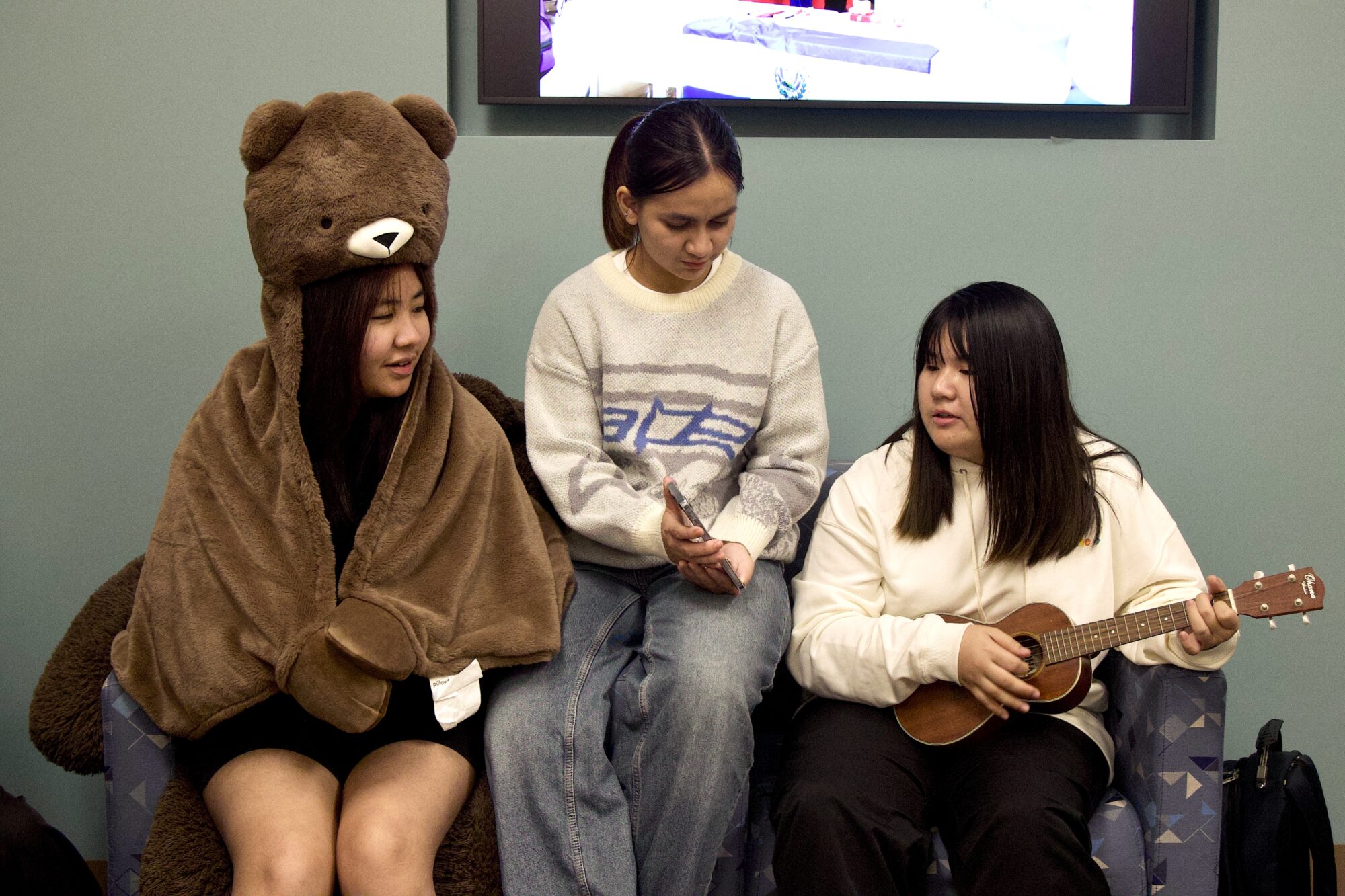
Before coming to the United States to attend SAC, international students must have a set place to live. The majority of international students live with family members, while some live on their own.
Students must show that they have enough financial support to maintain themselves for at least one full year without working.
However, students are eligible to apply for scholarships once they start attending college, can participate in Cash for Credit, and soon after at least a year, may only work on campus due to their student visa.
Tuition fees for international students are much higher than those of an average local community college student. International students must take 12 units per semester, and each unit costs $399 meanwhile residents only pay $46-per-unit. In total, international students are paying $9,576 for tuition a year.
“I manage to help my parents to pay the tuition fee with a paycheck from my on-campus job,” says Dara Dao, a Vietnamese student who works at the Thrive Center. “I’m also trying my best to maintain a high GPA to apply for the SAC Annual Scholarship.”
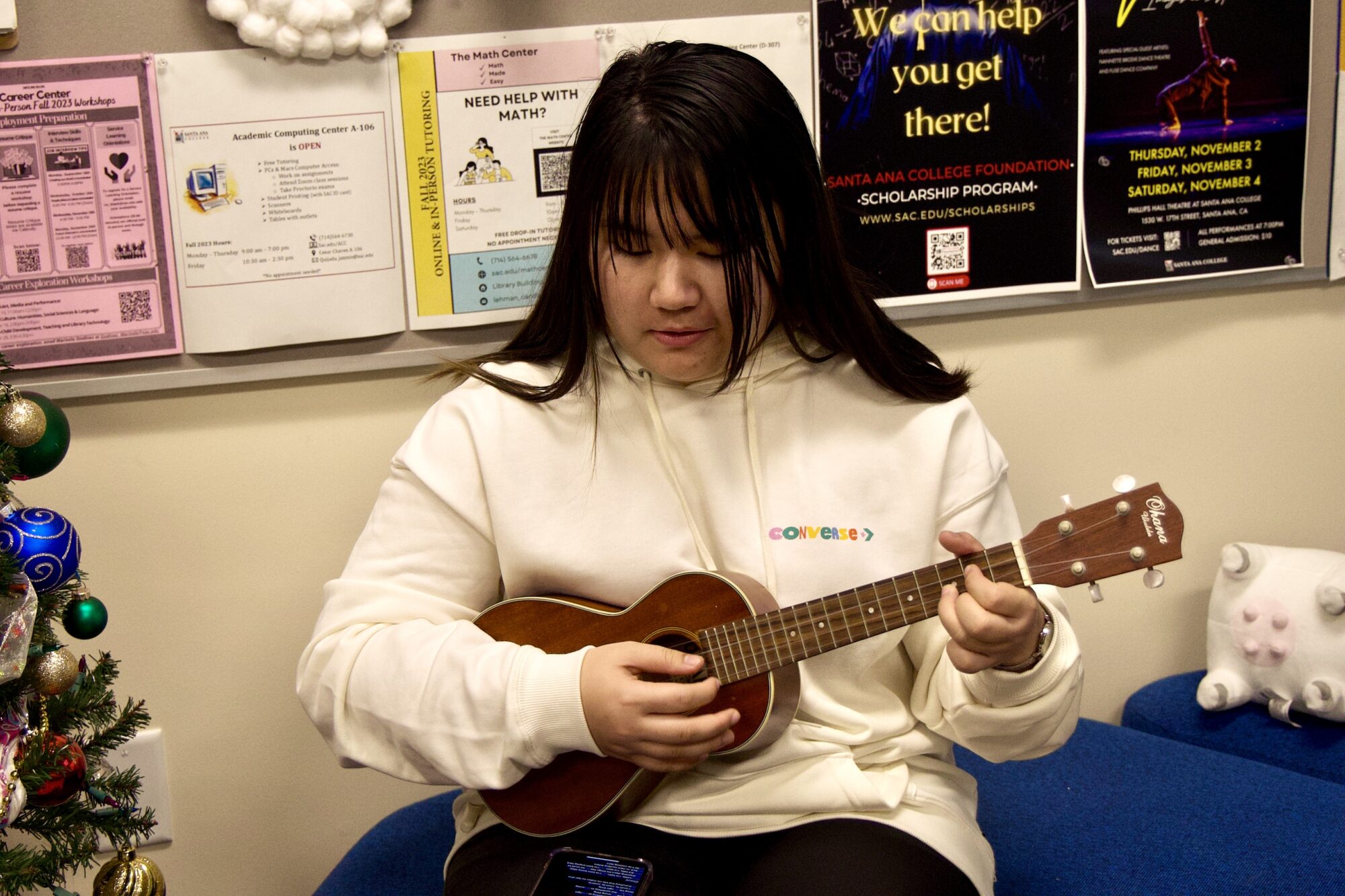
Students must adjust to the new curriculum from what they’re used to in their home country. Everything from enrolling in classes to the way assignment grading is different.
International students receive academic guidance from specialized counselors to complete their studies on time and stay on track for graduation. Most international students’ goal is to attend SAC for two years and then transfer to a four-year institution; however, a few students take an interest in the vocational programs.
“Counselors for international students care; they take care of us, and they also choose the right educational plan for you to not make you waste time here or waste your money.” says Tim.
To reel in more diversity to the college, the director of the international student program, Tina Newton, will be traveling to Brazil in March along with her team to India and other parts of the world to recruit students.
For international students like Than, although nervous about being in the U.S., also feel excited about this opportunity to create new experiences and explore more about themselves.
- & Broth is Pho-Nomenal - April 3, 2024
- SAC’s letterman jackets, get them before they’re gone - February 27, 2024
- Beyond borders: the international student experience - December 10, 2023


